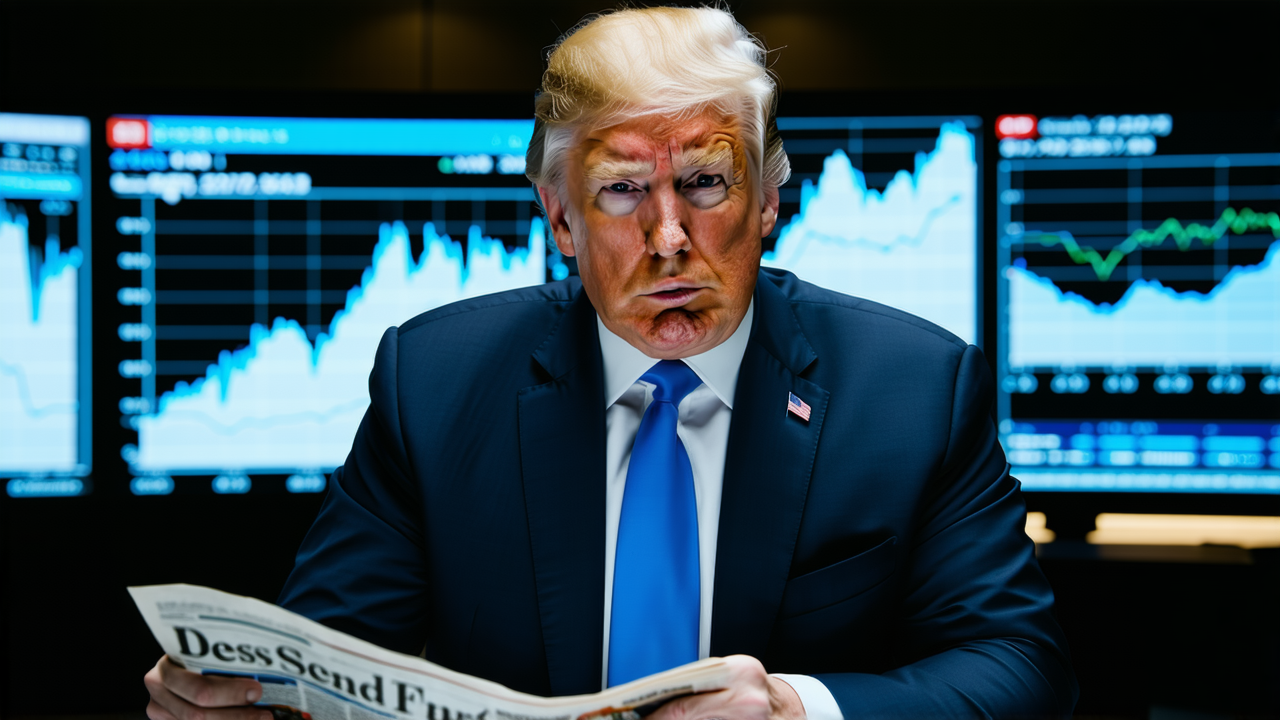Inflation Returns: A Growing Concern for New Zealand's Prime Minister
Inflation Returns: A Growing Concern for New Zealand's Prime Minister
Food prices in New Zealand have surged by nearly 5% over the past year, signaling a troubling return of inflation that could significantly impact the nation's economic recovery. This development has placed the Prime Minister under increased scrutiny, as rising grocery costs disproportionately affect lower-income households and complicate the government's economic strategy.
Rising Prices Across Key Food Items
According to recent data from Statistics New Zealand, the cost of essential food items has climbed sharply. Milk prices have increased by 14.3% annually, while butter prices have jumped 46.5% over the same period. Cheese prices have also risen by 30%, and beef mince has gone up by 21%. These figures are further exacerbated by recent flooding in key agricultural regions, which has disrupted supply chains and is likely to worsen the situation before conditions improve.
Economic Implications and Inflation Outlook
While overall inflation rates remain lower than in previous years, the surge in food costs has had a significant effect on the nation's economic outlook. Grocery bills, which make up a substantial portion of weekly spending for New Zealand's most vulnerable citizens, are now driving up the inflation rate. This has forced the Reserve Bank to slow its interest rate cuts, thereby delaying the pace of economic recovery.
Analysts predict that inflation will rise further, with expectations of exceeding 3% in the third quarter of 2025—surpassing the Reserve Bank's target range. However, economists agree that the current inflationary pressures are unlikely to derail the broader economic recovery, albeit they may prolong it.
Political Challenges and Public Perception
Politically, the situation is particularly delicate. The government has made economic growth a central part of its platform, yet the prolonged delay in recovery may erode public confidence. The upcoming election in 2026 adds further pressure, as voters may begin to question the effectiveness of current economic policies.
Despite the government's efforts to avoid blame, public perception remains focused on the cost of living. The Prime Minister and his team have previously taken credit for reducing inflation, but the current spike has reignited criticism from opposition parties and the public alike.
Economic Realities and Future Outlook
While the short-term challenges are significant, the long-term economic outlook is not without hope. A potential boom in agricultural exports and continued low interest rates are expected to eventually drive economic growth. However, the immediate concerns of high food prices and stagnant wages remain pressing issues.
As Liam Dann, the New Zealand Herald's business editor-at-large, notes, the real issue is not the price of butter or cheese, but the stagnation of wages and the lack of well-paid jobs in the domestic economy. While international prices for dairy and beef are expected to eventually decline, the underlying problem of low wages will persist unless structural changes are made.
The Prime Minister has publicly acknowledged this challenge, emphasizing the need for policies that boost productivity and wages. However, convincing the public that the economy is on the right track in the short term will be a difficult task.
